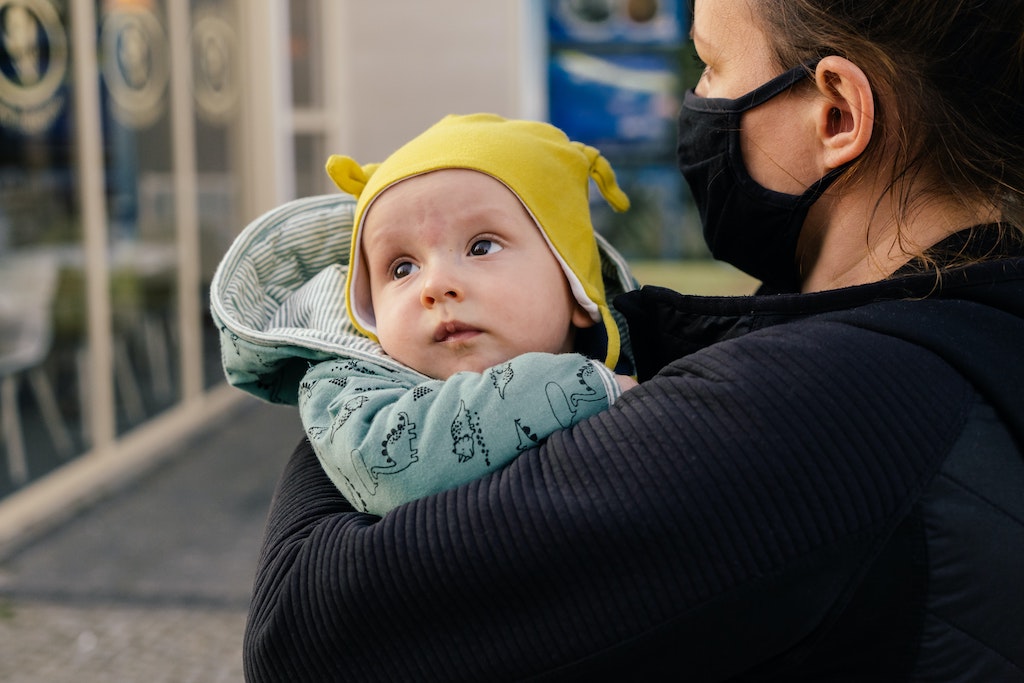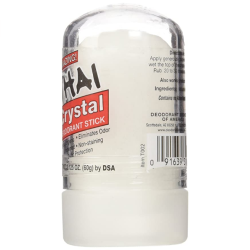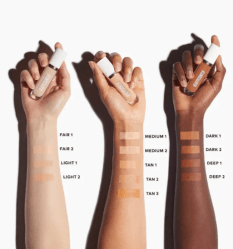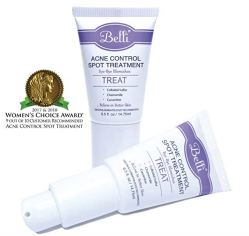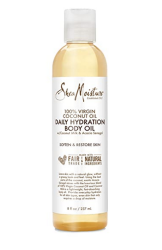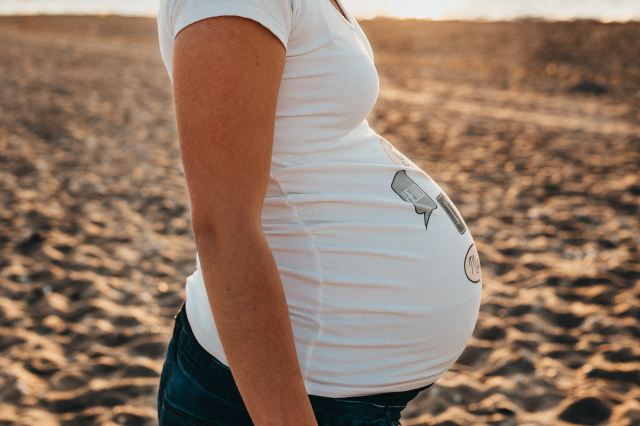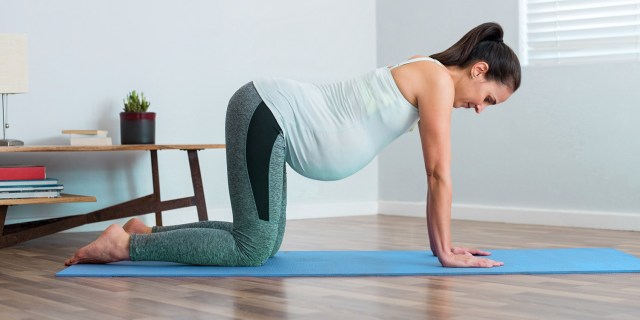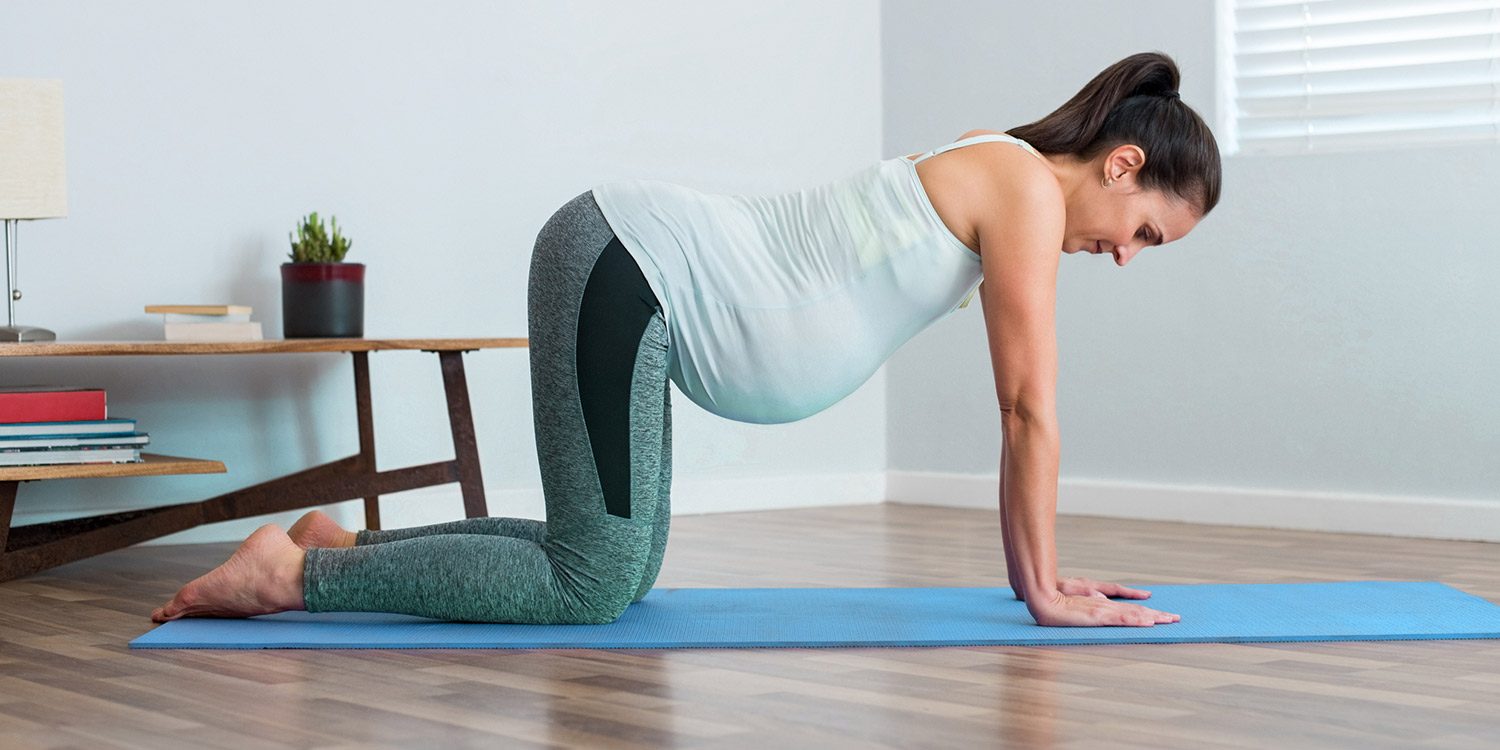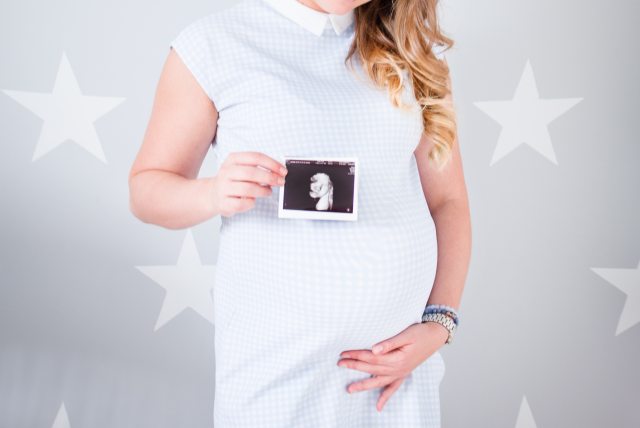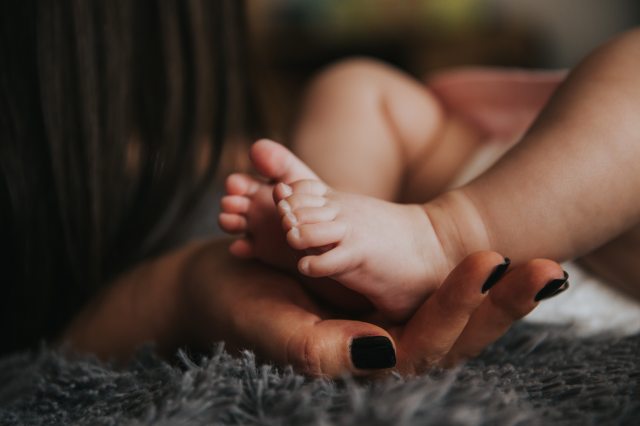Of all the physical changes that women experience while pregnant, stretch marks are some of the most persistent (and annoying).
As an obstetrician and maternal mortality expert, I’ve delivered more than 6,000 babies over nearly four decades and have had the opportunity to see what really works (and doesn’t) when it comes to preventing and treating stretch marks, otherwise known as “striae.”
What Exactly Are Stretch Marks?
Stretch marks are long, thin scars that appear when your skin is stretched a great deal over a short period of time, such as when a woman’s belly grows during pregnancy. The stretching causes the collagen and elastin in your skin to rupture. Scars appear as your skin heals. These marks can be aggravating to those who are pregnant, but at the end of the day, they are only superficial and don’t have any health implications. However, there are things you may want to do to help fend them off and possibly even treat them.
Stretch marks appear at different times during pregnancy. Some may come at sixteen weeks, but most come between 20 to 25 weeks of gestation. These streaks on your skin are far from the worst thing people may experience during pregnancy, but nobody likes them.
When they first appear, stretch marks tend to be red, dark brown, reddish-brown, purple, or pink in color and may feel slightly raised. Over time, the color should fade and the scars sink beneath your skin.
Preventing & Treating Stretch Marks
When it comes to stretch marks, there are some things you can do to prevent and treat them, and some things you have no control over. For instance, the thin or thick nature of your skin comes with genetic makeup, and there’s nothing you can do to change it. If your mother had stretch marks, there’s a better chance that you will, too. However, there are some preventative measures you can take.
The one thing that I have found to be helpful in the prevention of stretch marks is exercise. Physical fitness is your best bet for keeping them at bay.
You can combat stretch marks by starting pregnancy at an appropriate weight and fitness level. The exercise will help distribute the size of the uterus, rather than have it hanging out front. Fit muscles will help distribute the challenges of gravity on a pregnant woman’s body. So, if you’re still in the pregnancy planning stage, now is a great time to start working out.
If you already have stretch marks, treating them is challenging, but not impossible.
Creams Are Not the Answer
Many people faithfully rub expensive creams or DIY concoctions on their bodies in an effort to erase the aggravating marks, but I have yet to see a topical treatment that works.
Instead of investing in cosmetics, I always suggest going back to exercise after the baby is born. While rubbing vitamin E and coconut butter on the skin are popular traditional treatments, they are not a substitute for the great circulation and taut skin that exercise and nutrition provide. Hydration is important too. Whatever exercise you were doing before pregnancy is something to continue while pregnant.
Be Gentle with Yourself
Though physical activity is important, I will caution women who weren’t exercising previously not to start exercising during pregnancy in order to prevent stretch marks. The marks may be irritating, but they are not worth putting your good health at risk, especially while you are pregnant. You can always dive into an exercise routine once you’ve had your baby.
Some stretch marks may be inevitable, but staying physically active and hydrated during and after pregnancy are the best preventative measures you can take to help fend them off.











